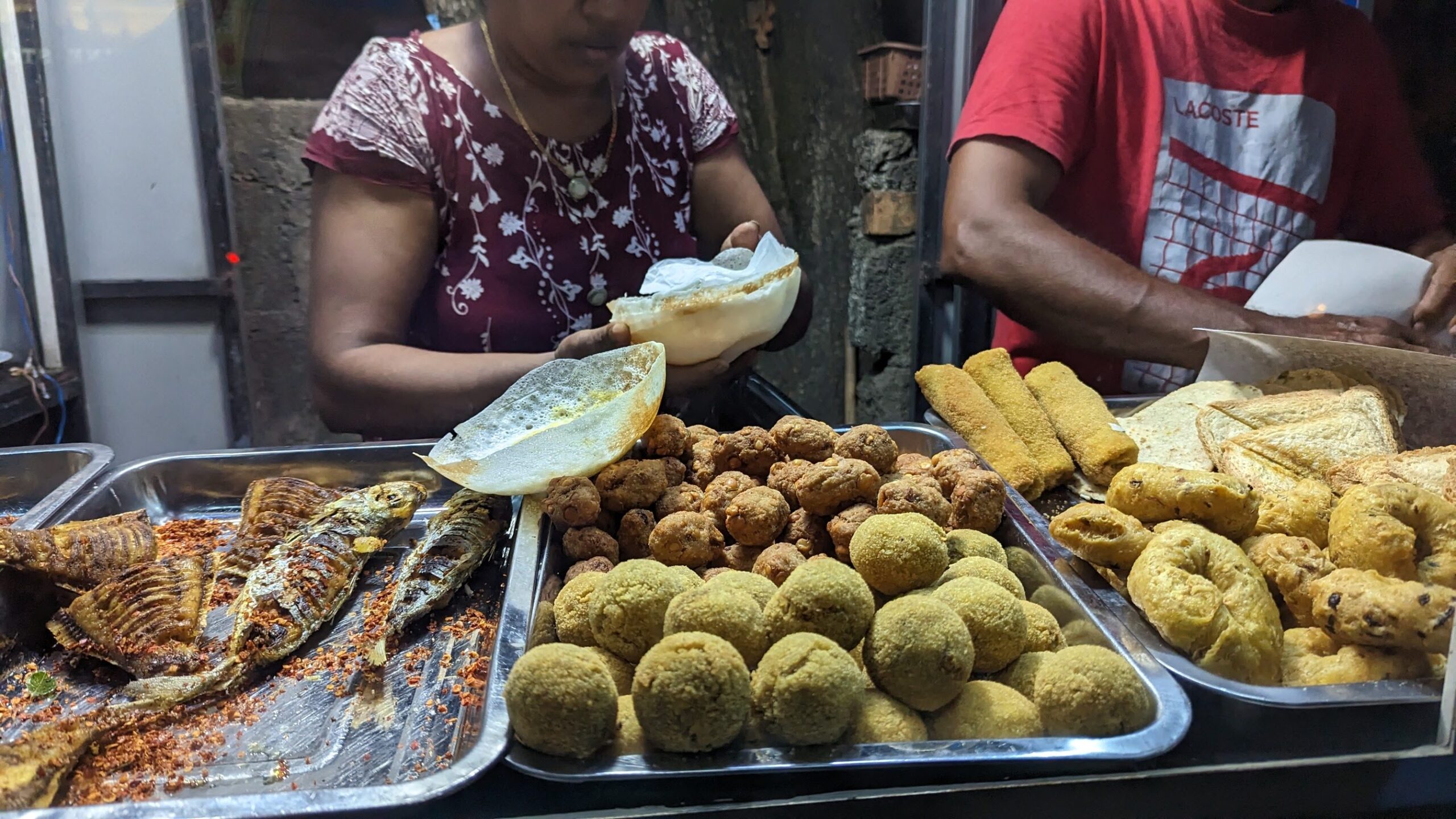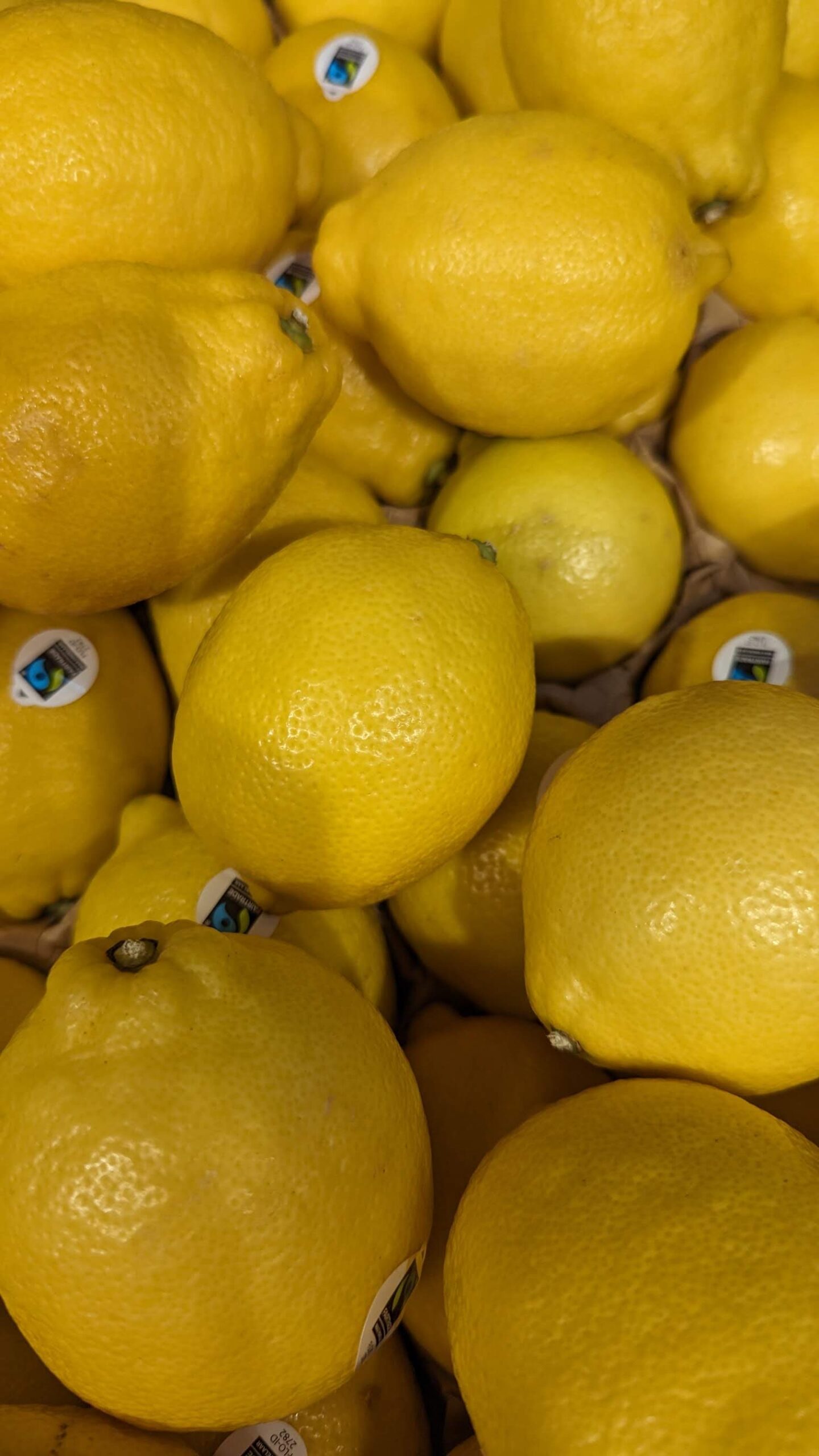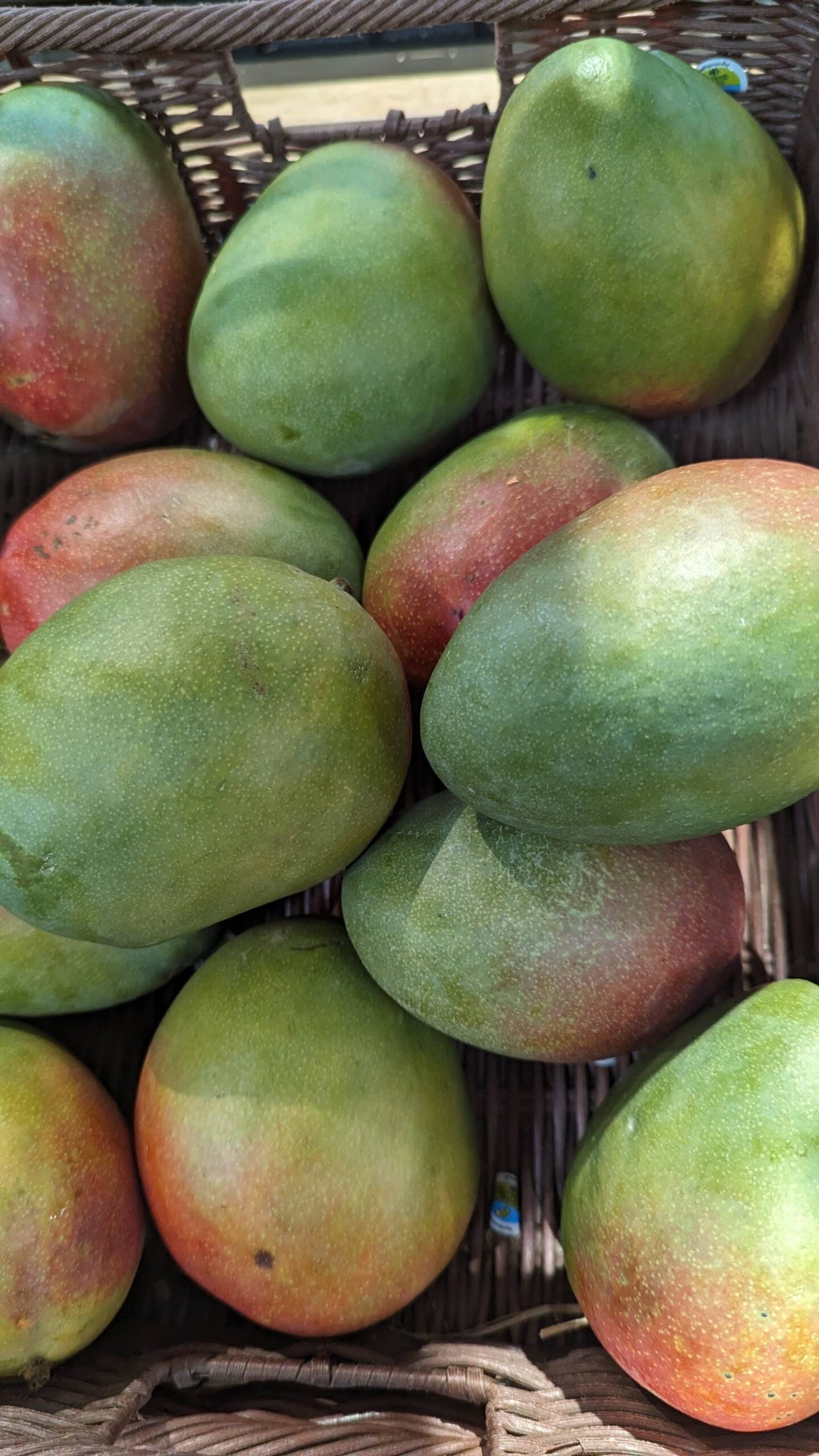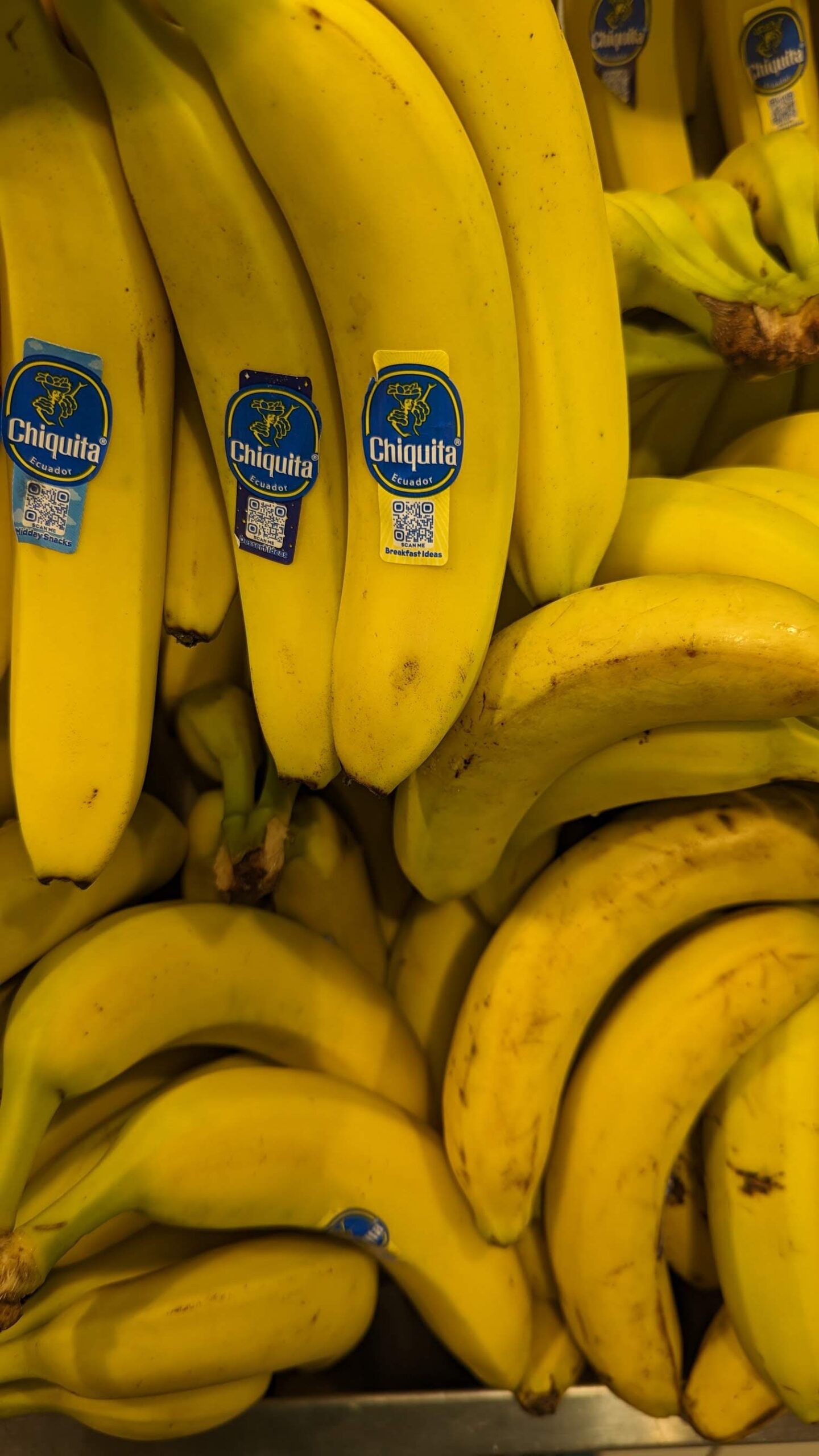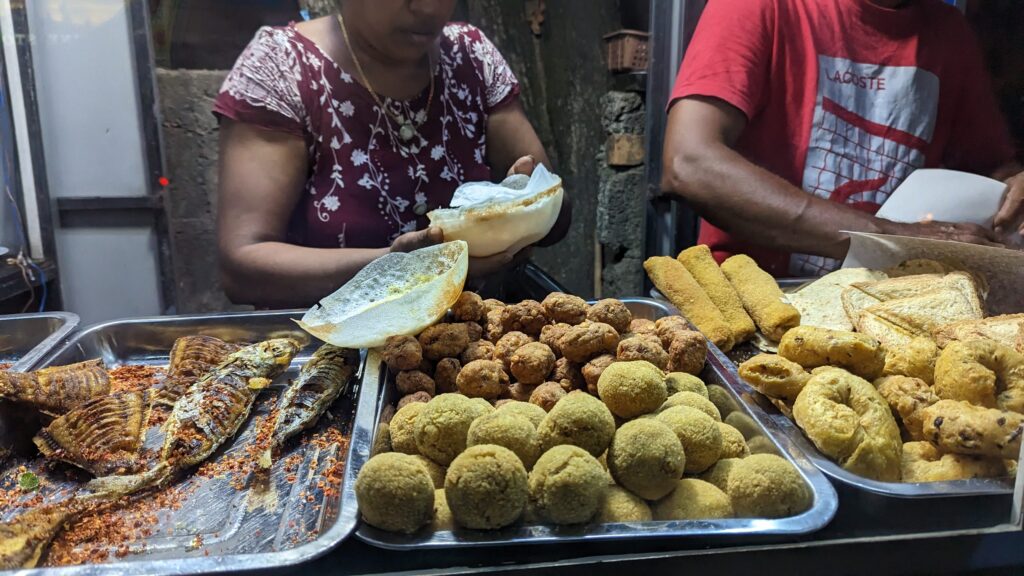
Here are 8 foods/drinks to try while you’re here, in alphabetical order.
1. COCONUT CREPES
Coconut crepes are pretty hard to find, but if you ever come across this delicious dessert, be sure to give it a try! I have only seen it a few times. The first time was on a hike to a waterfall. We bought a few crepes from a woman who was selling them along the trail and were pleasantly surprised at how good they were. I had the snack for the second time at a small fruit juice shop in Dikwella.
Coconut crepes are very tasty, especially when fresh, and only cost about 100 LKR each. Go find them now!
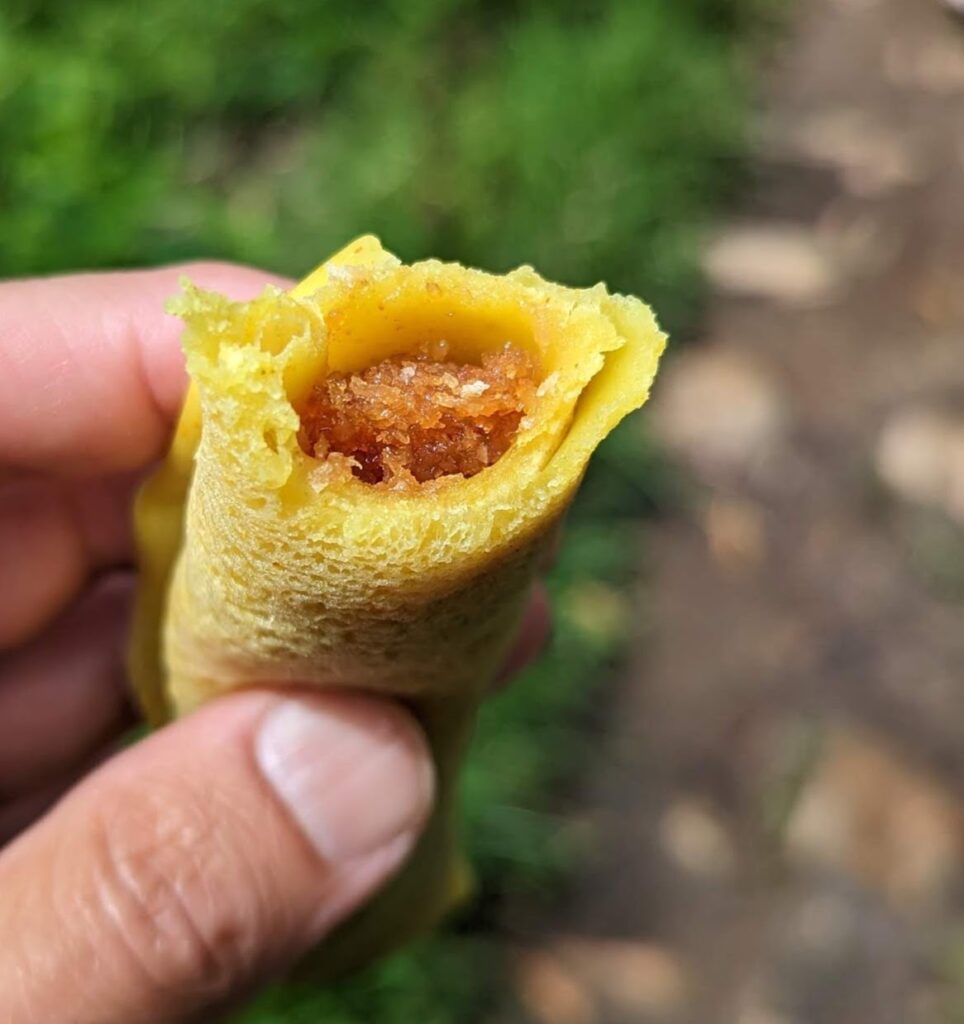
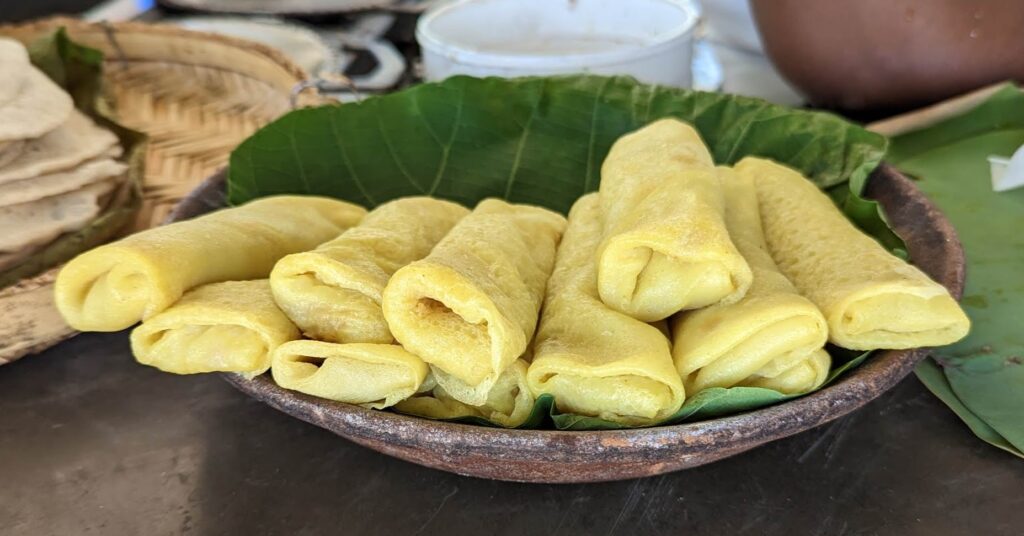
2. CURD
Curd is very similar to yogurt and is made of buffalo milk. You can buy it in supermarkets as well as in small shops along the side of the road. A one-liter clay pot only costs about 250 LKR. Try it with honey and/or granola for an enjoyable treat!
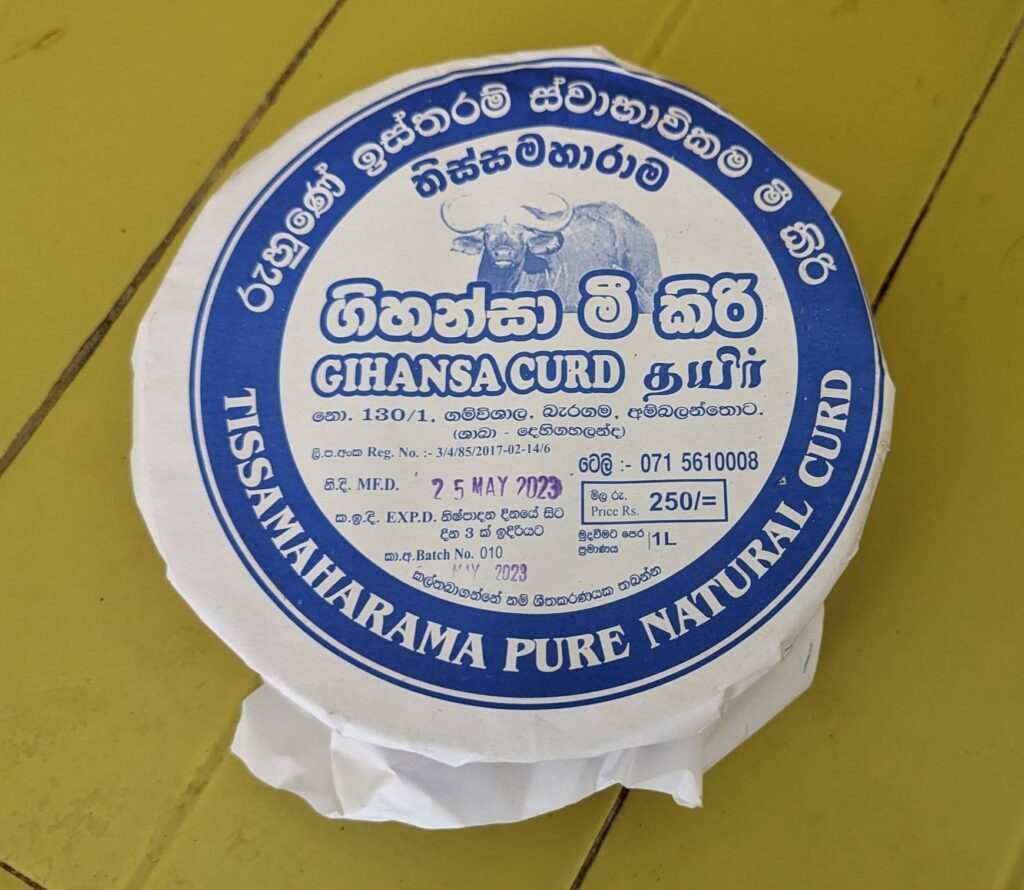
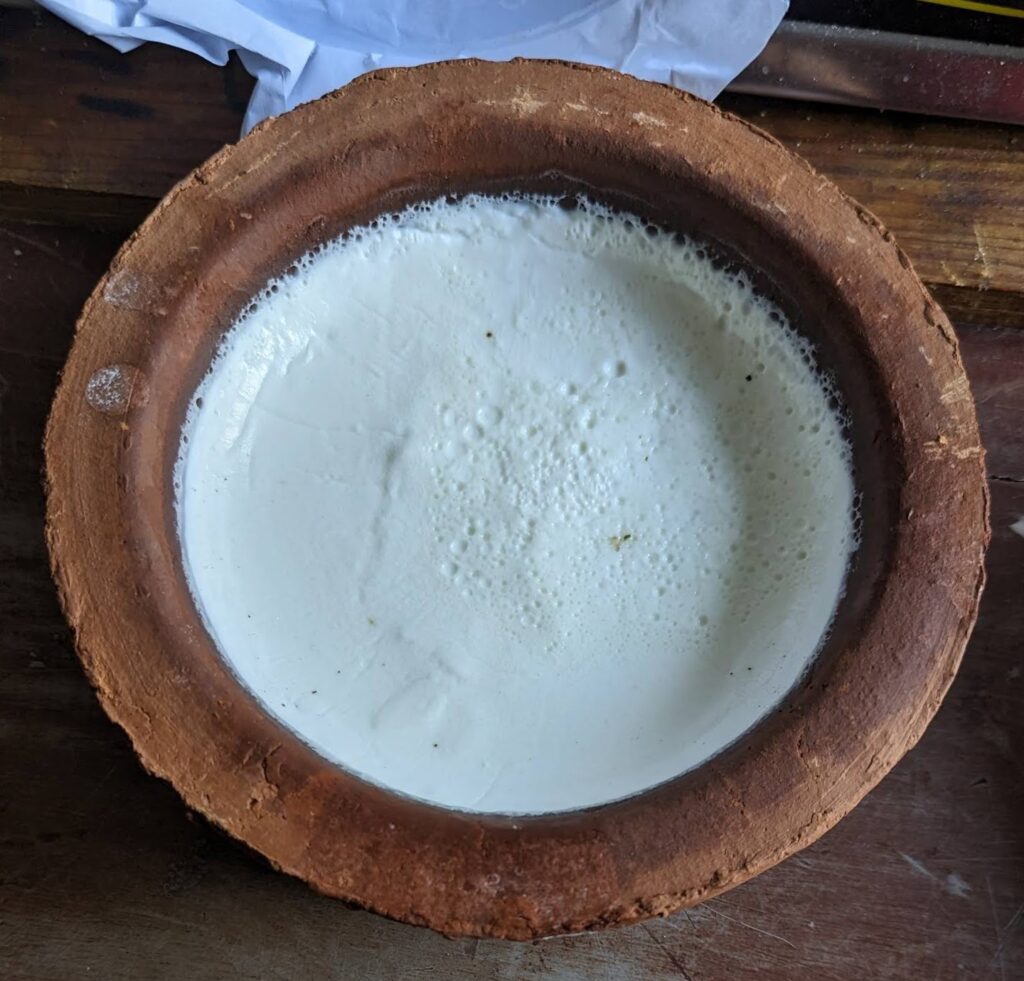
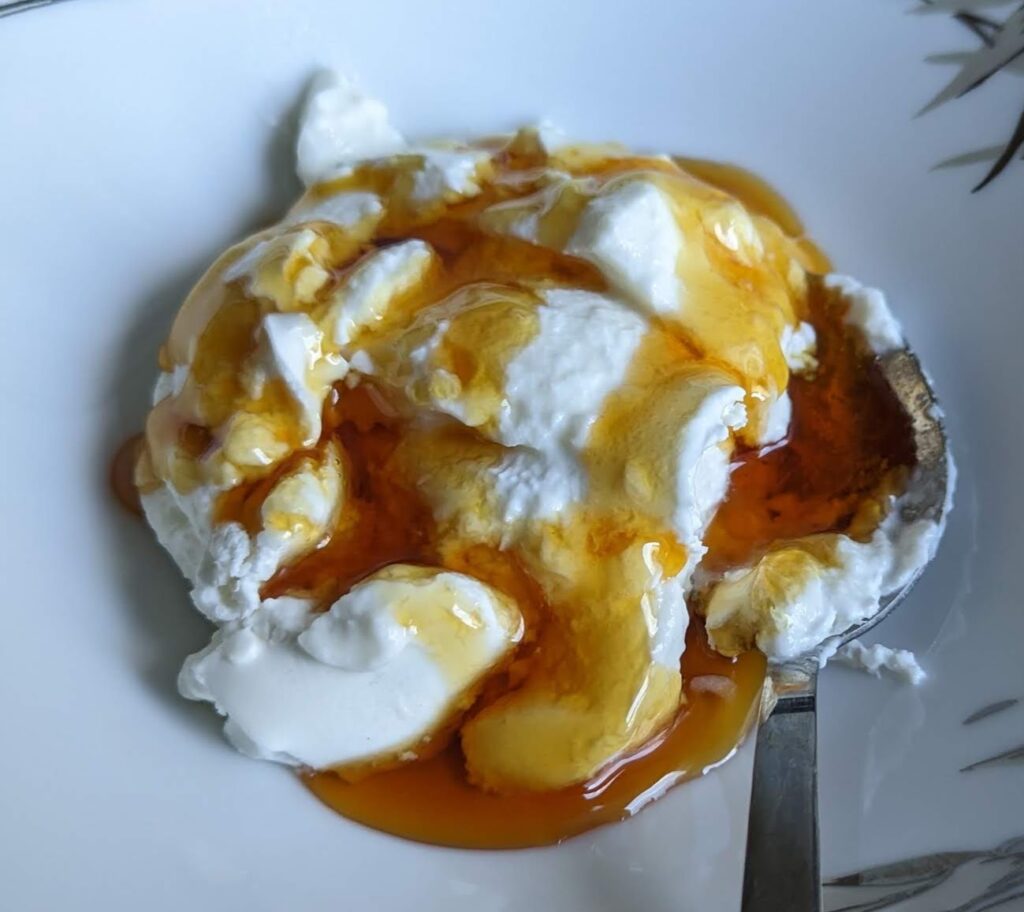
3. DODOL
Dodol is a very sweet, delicious dessert that somewhat resembles a brownie in appearance but has a much chewier, rubbery consistency. The main ingredients are coconut milk, rice flour, palm sugar, and Kithul jaggery. You can also add cashews, peanuts, or almonds to give the dodol a nuttier flavor.
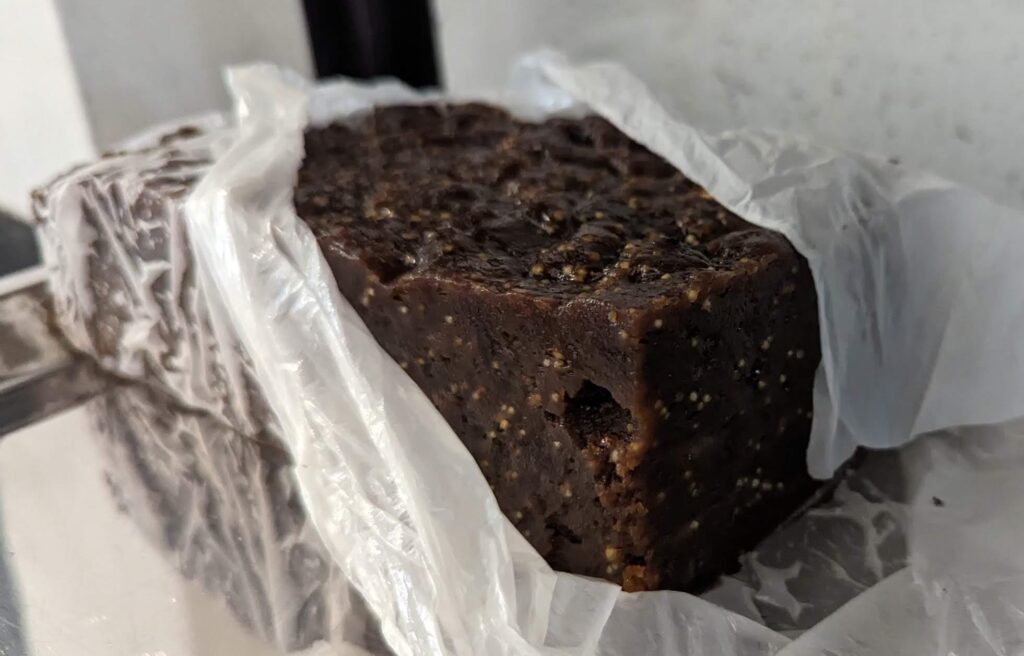
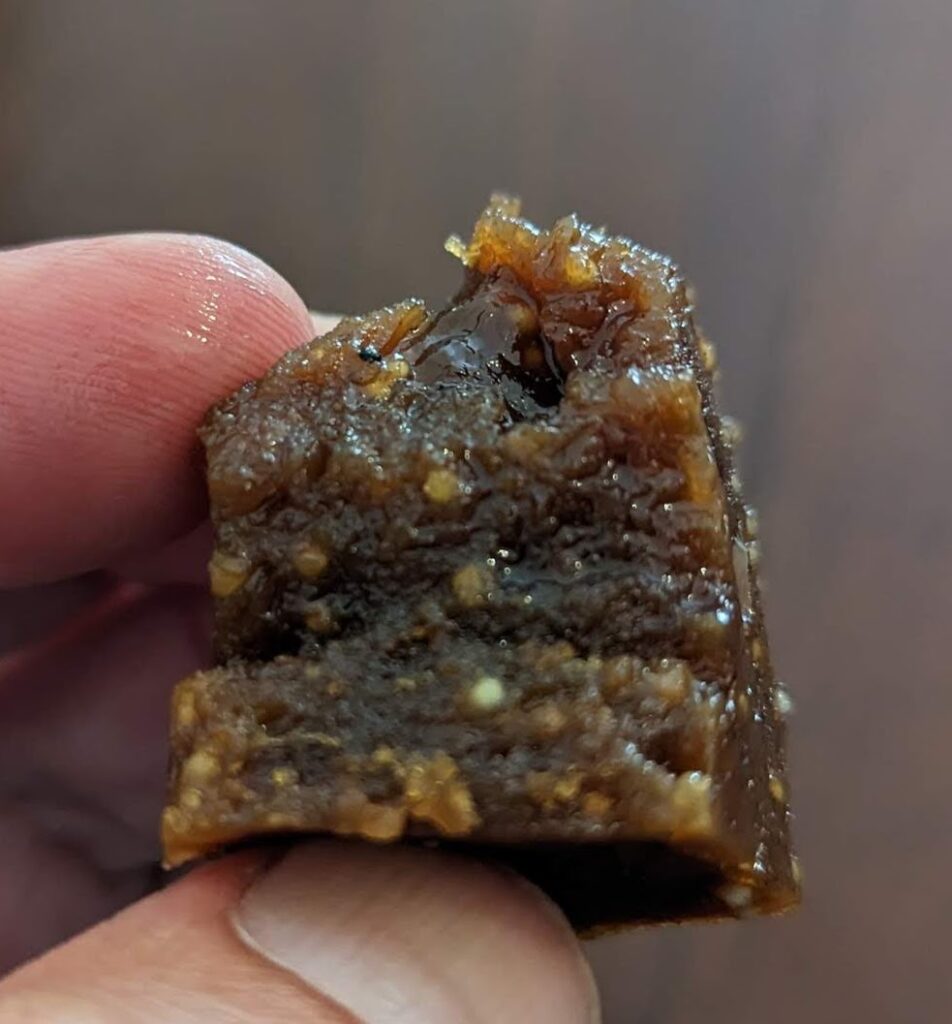
Homemade dodol takes roughly three hours to cook. When it’s finished, it’s best to let it cool for several hours or even days, as the flavor seems to improve over time. Dodol is available all year long but you’re most likely to find it in supermarkets during the Sri Lankan New Year (known as “Avurudu”). If you like coconut, this dessert is definitely for you!
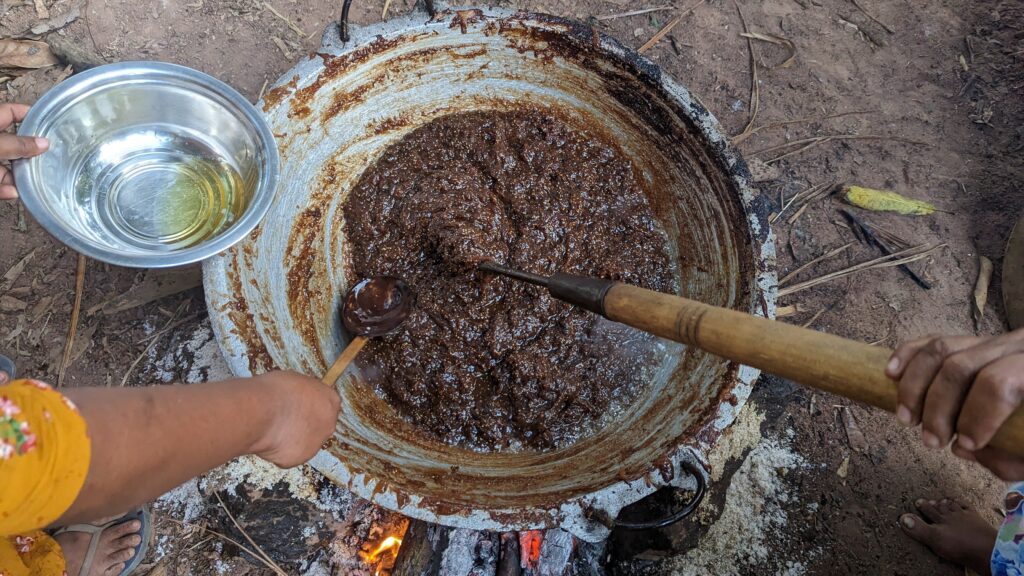
4. HOPPERS
Hoppers are another type of street food that are very simple, surprisingly tasty, and really inexpensive. These bowl-shaped pancakes, which get their name from the small wok-like pans they are cooked in, are primarily made of coconut milk and rice flour.
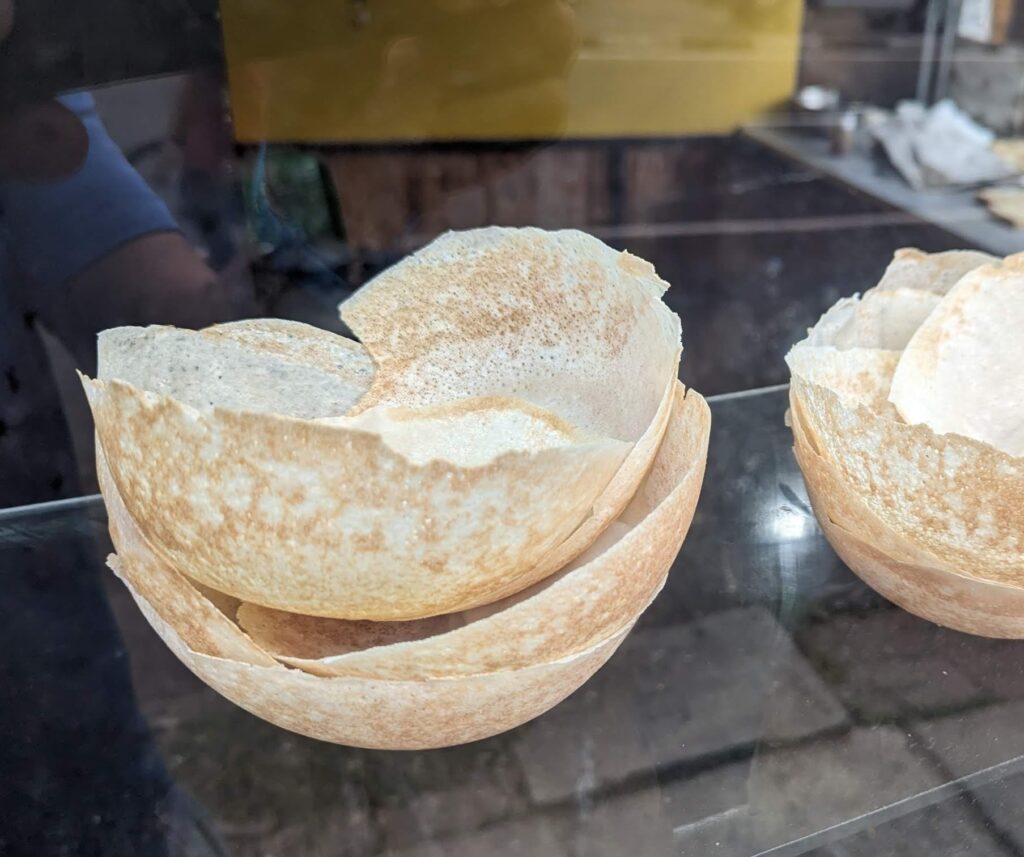

5. KOTTU aka Kothu
You can think of kottu as Sri Lankan fried rice, but instead of rice the main ingredient is chopped roti. The standard version is made with veggies, egg, some kind of meat curry, and chillies, but you can usually also order it with cheese.
Similar to roti, kottu is prepared on a griddle and you usually hear it before you see it, because good chefs create “music” with the two cleavers that they use to chop the roti and mix all the kottu ingredients together. Kottu usually sells for about 600-1000 LKR.
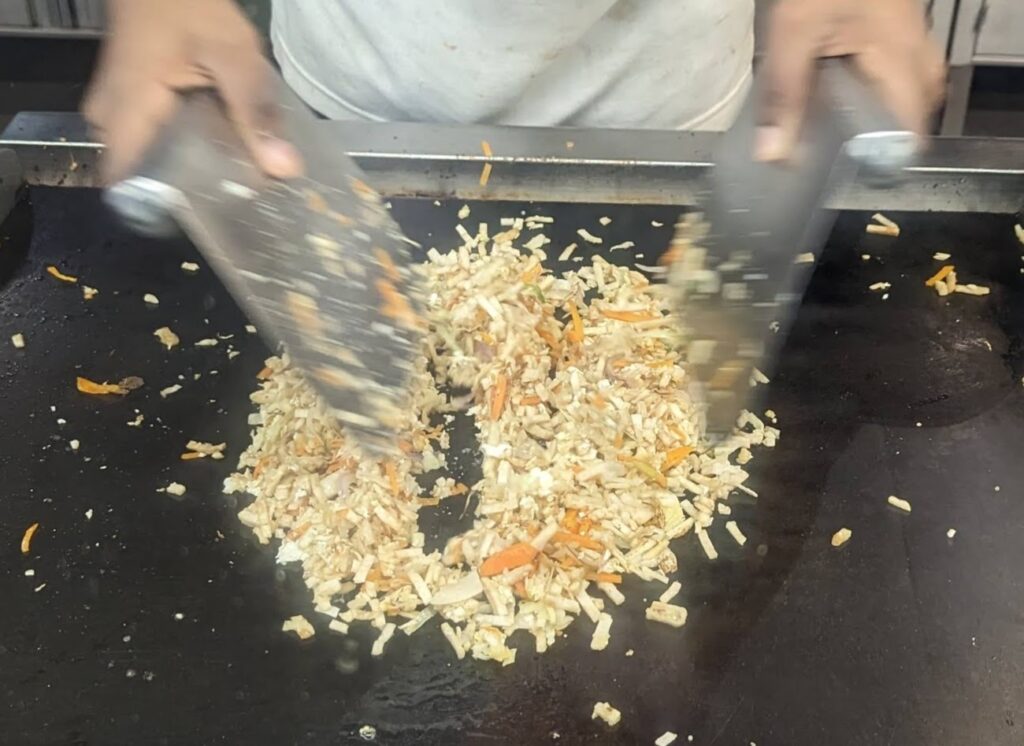
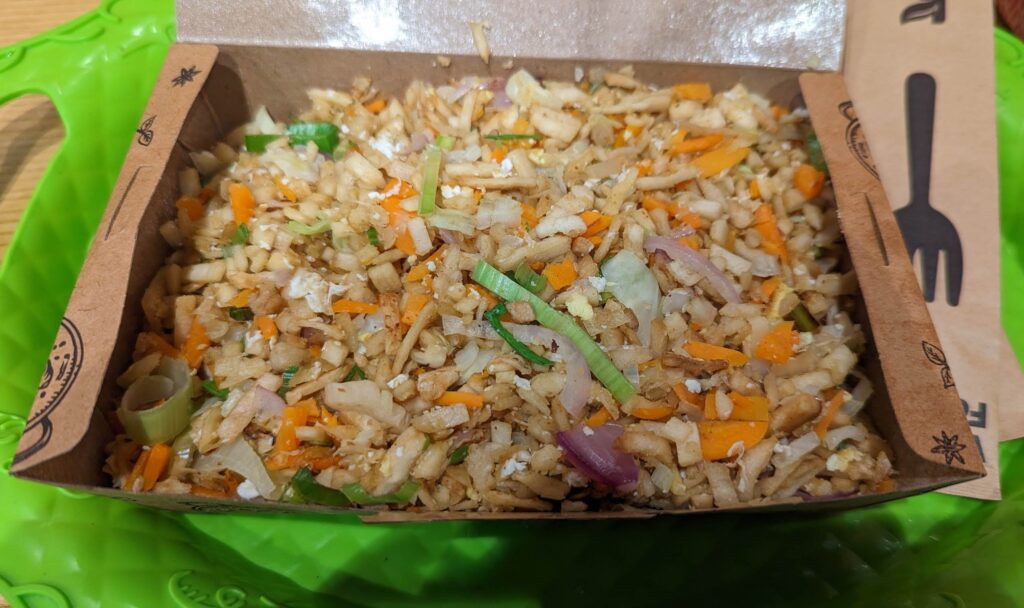
They are usually served plain or with egg and you can eat them as is or with something like curry, pol sambol, or seeni sambol. The average price of hoppers, at least around Matara, where I’m spending my time, is just 20-25 LKR!
You can easily get them fresh, as they only take about a minute to cook, and they are stackable, making them easy to take on the road.
6. RED BANANAS
A guy I know asked me to find some dried red bananas for him when I was in Vietnam recently. I had never heard of red bananas, so I thought maybe he was mistaken. I didn’t find any in Vietnam, dried or fresh, but I did find them here in Sri Lanka!
When I asked a guy at a fruit juice shop in Dikwella about them, he told me that locals usually don’t buy the red bananas but foreigners sometimes want them, so he often has some for sale. We actually bought some from a different seller, but at least we tried them.
Once they are ripe, they are really good! I didn’t think they taste all that different from other varieties of (yellow) bananas that I’ve tried, but they are pretty sweet and are supposedly packed with nutrients. I hope you get a chance to try them!
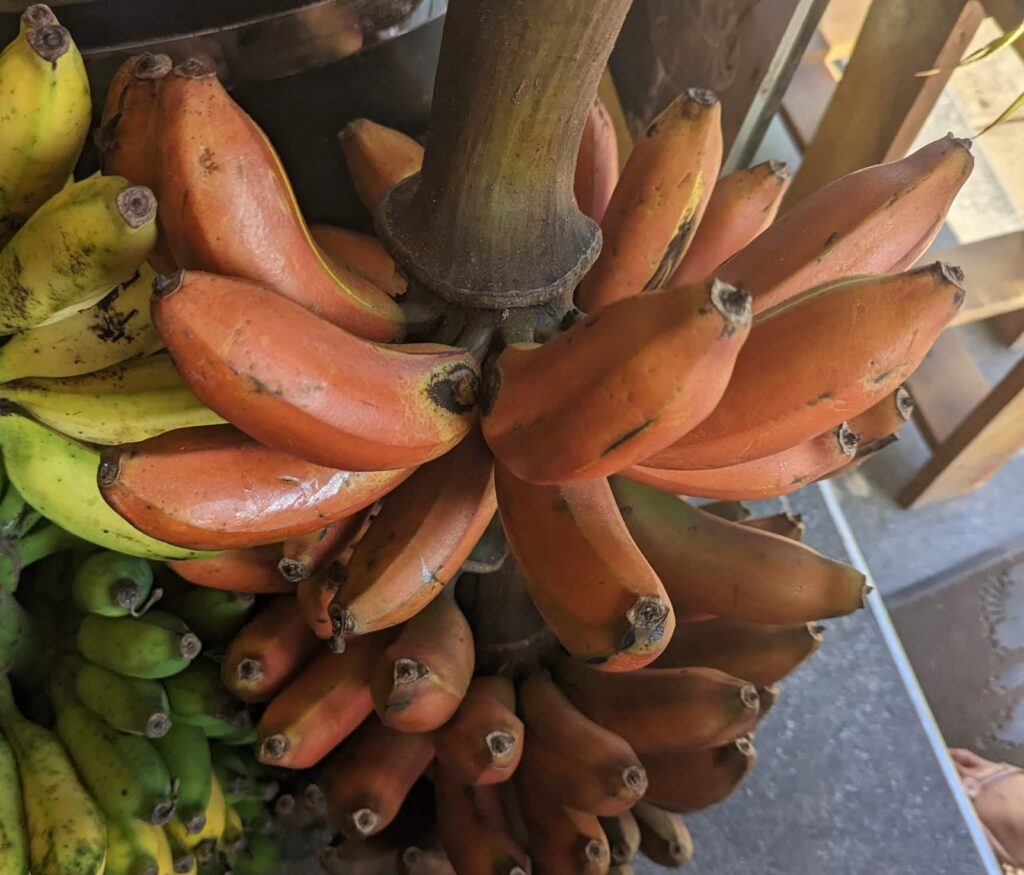

7. WADE aka Dhal Wade
I consider wade to be the Sri Lankan version of falafel. However, wade is made using lentils rather than chickpeas, is shaped like a disk rather than a ball, and is served as is (not in pita bread, for example).
Each piece is usually about the size of a cookie and often sells for as little as 20 LKR! Look for it at a street food vendor near you!

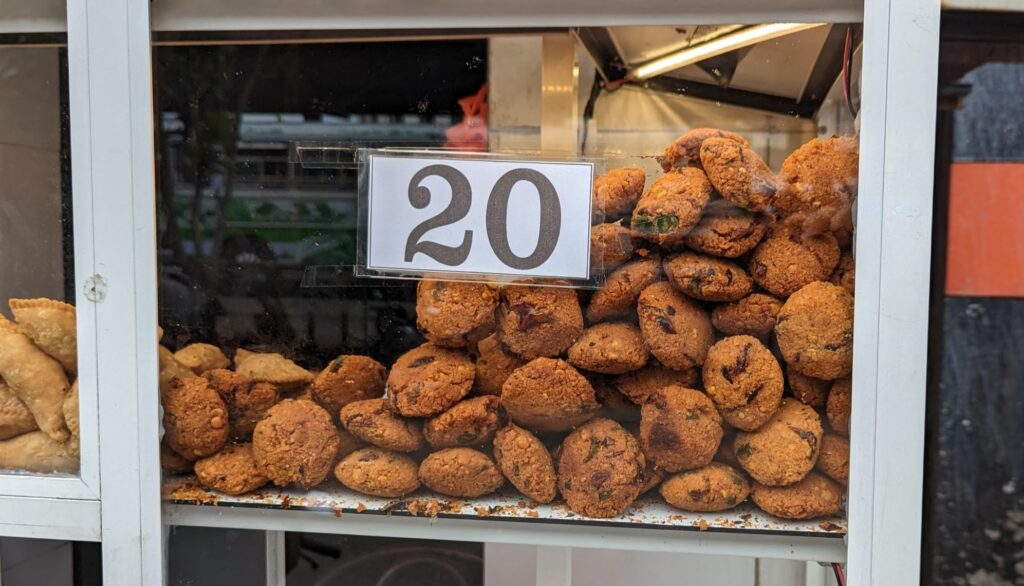
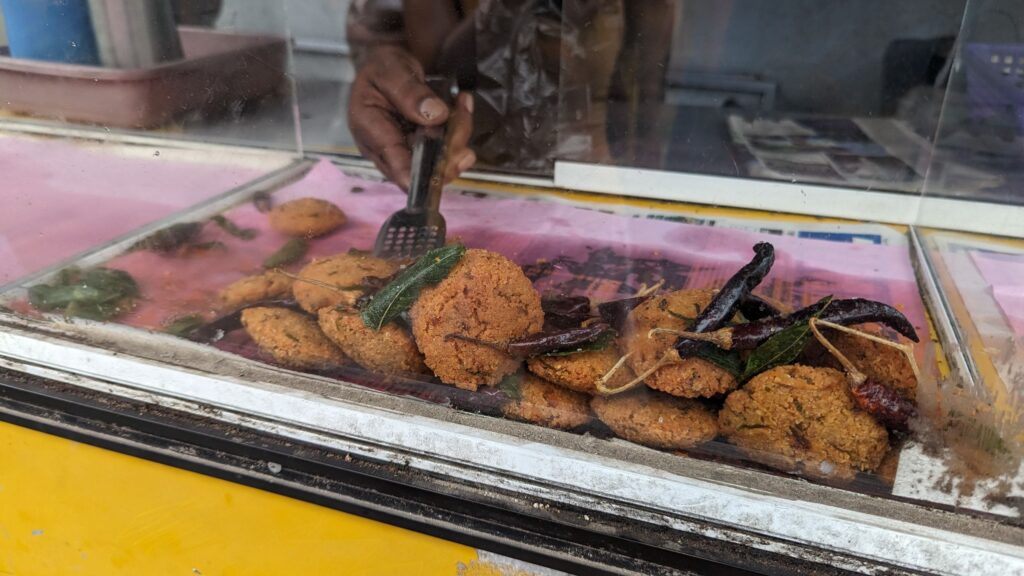
8. WOOD APPLE
This unusual fruit is shaped like a ball, has an extremely hard shell, and is light brown on the outside. In order to get to the good, darker brown stuff inside, you basically need to crack/smash the wood apple open with a big, strong knife. People don’t really eat wood apple; they turn it into juice.
The wood apple flesh has a slimy/starchy texture and the juice is fairly pungent and sour, so most people at least add some sugar to it. Wood apple is full or fiber, is a natural energy booster, and supposedly has many health benefits such as the ability to aid digestion, relieve constipation, and treat high blood pressure.
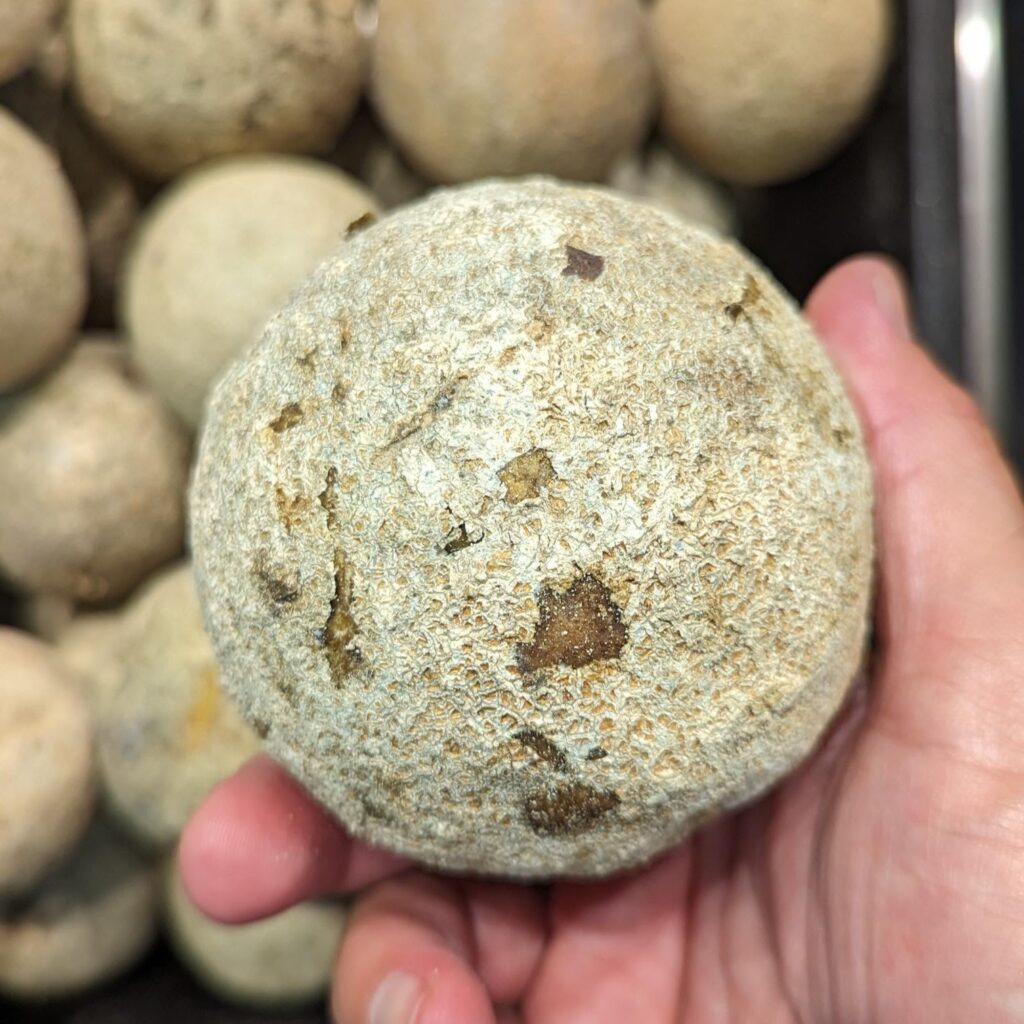
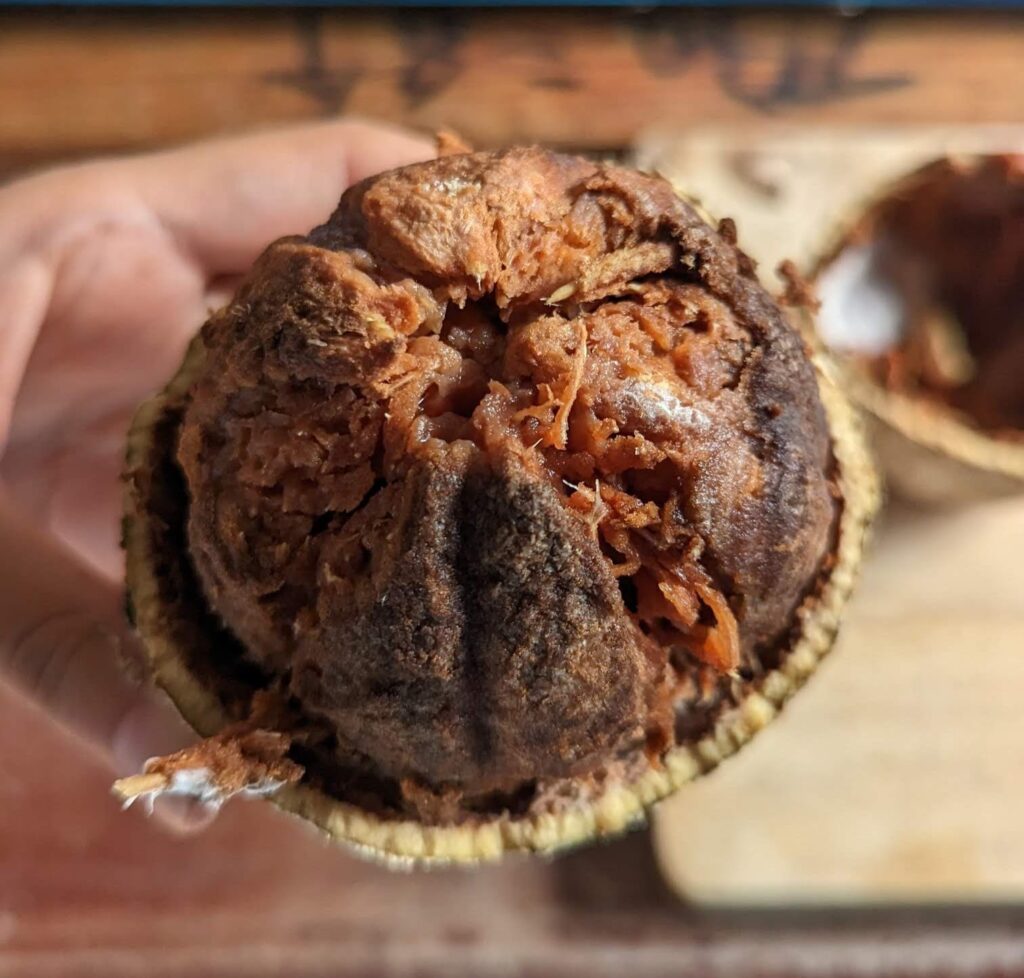
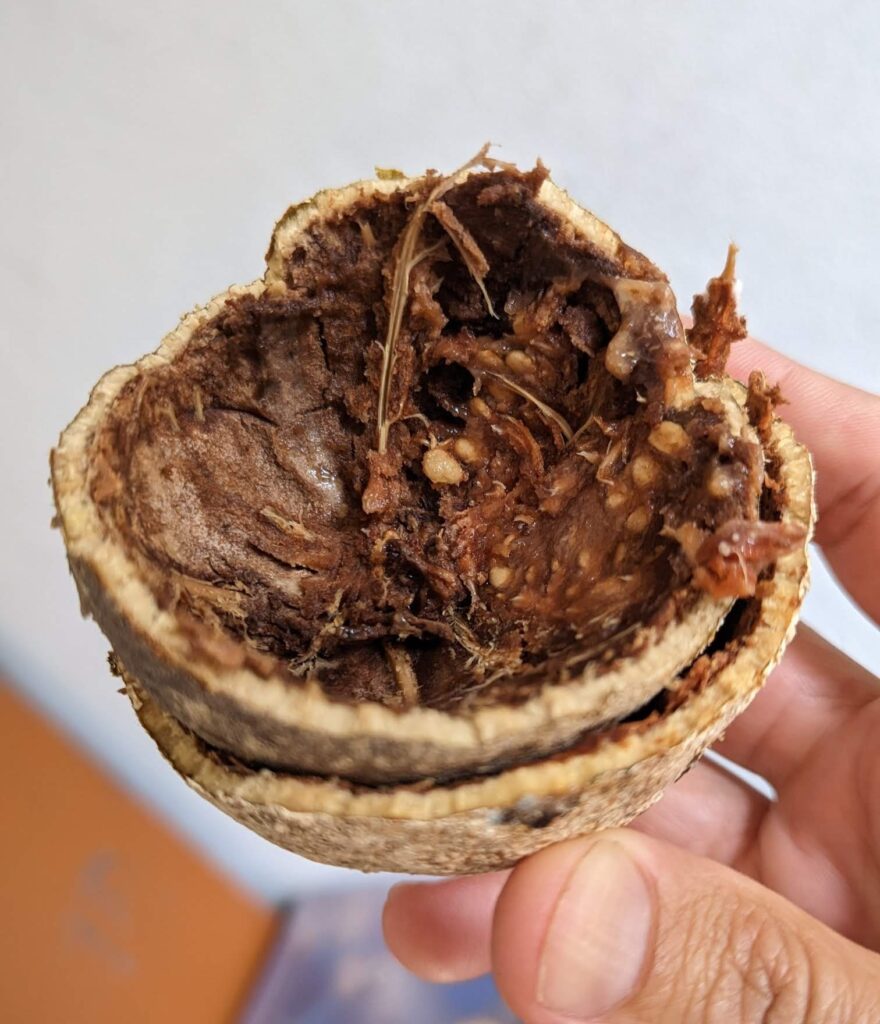
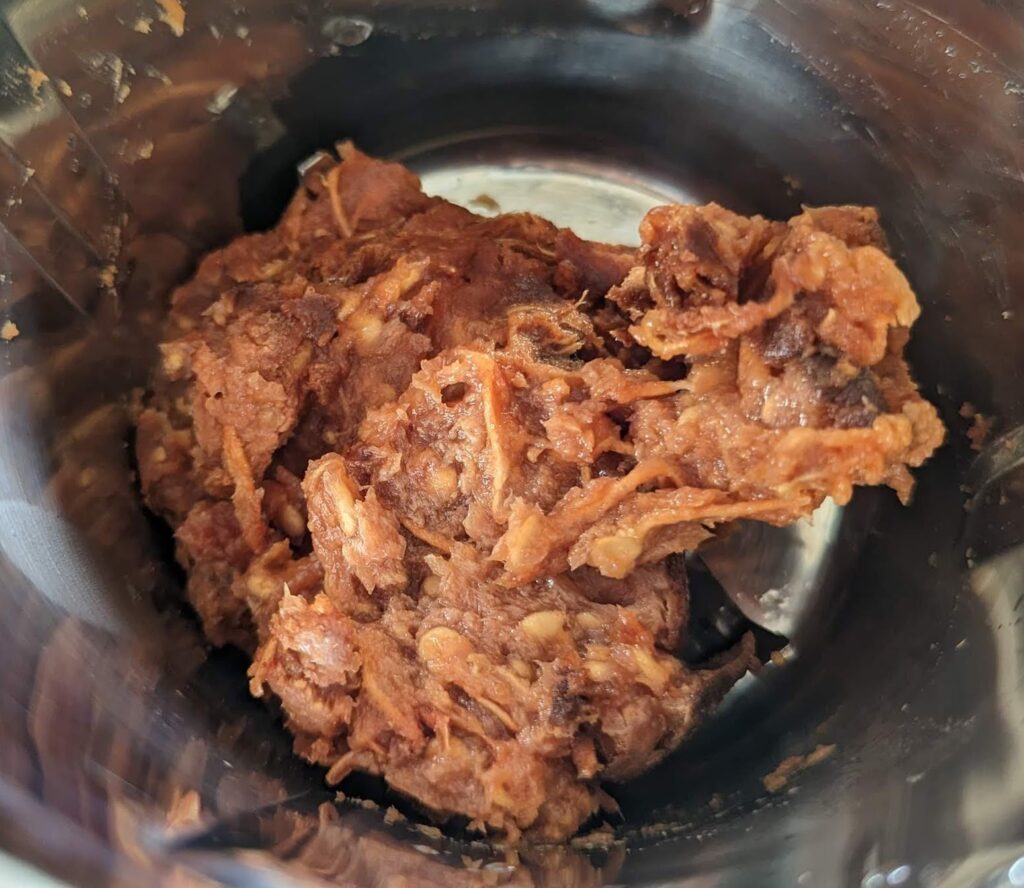
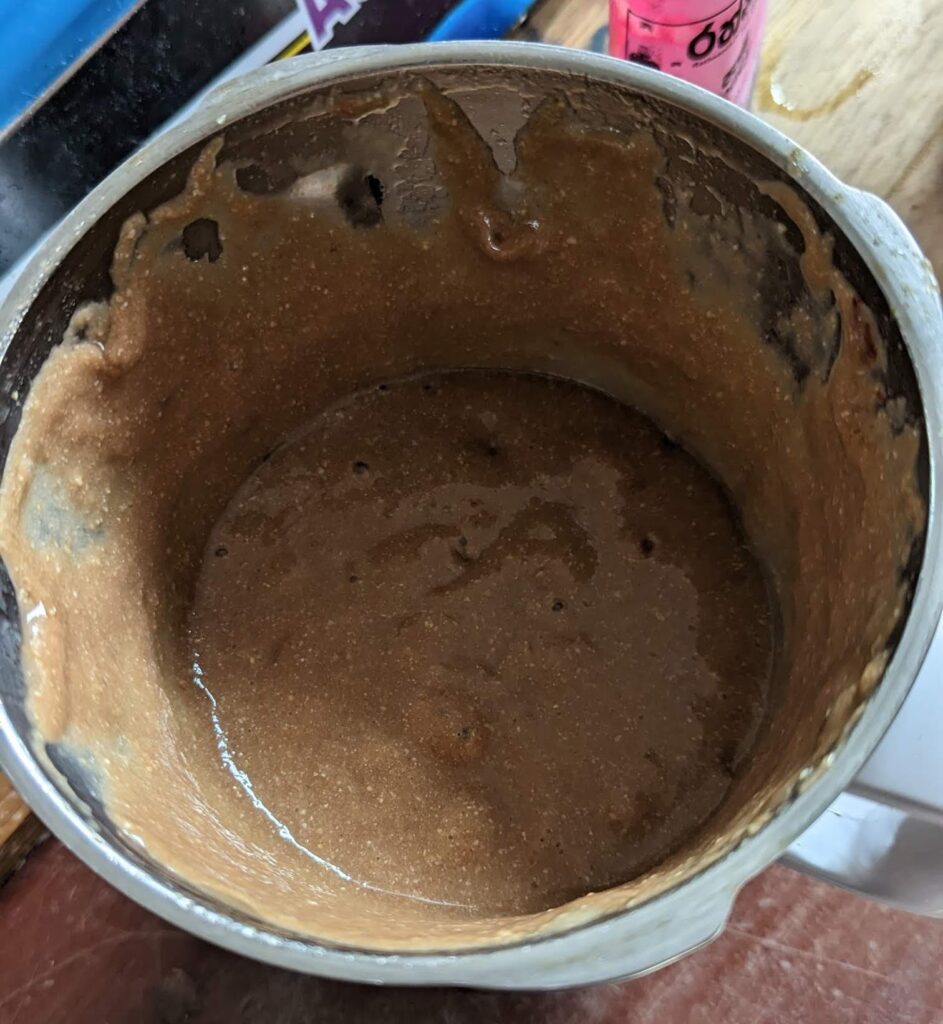
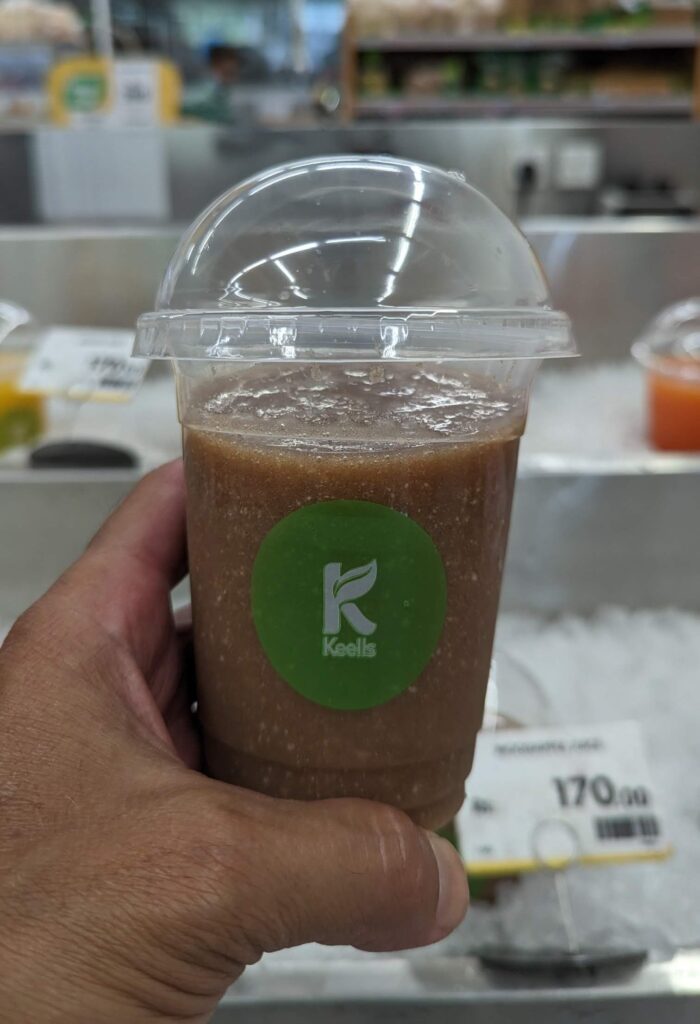
At first, I was put off by the look of both the fruit itself and the juice, but after trying wood apple juice several times I have become a huge fan of this fantastic fruit.
If you want to make your own juice, you can buy wood apple at a fruit stand or supermarkets and then give it a go. If you would prefer to have a taste without making the juice yourself, just visit a fruit juice stand where you can get a glass for about 400-500 LKR, or stop by a Keells supermarket where you can usually find a cup of freshly made juice for about 170 LKR.
